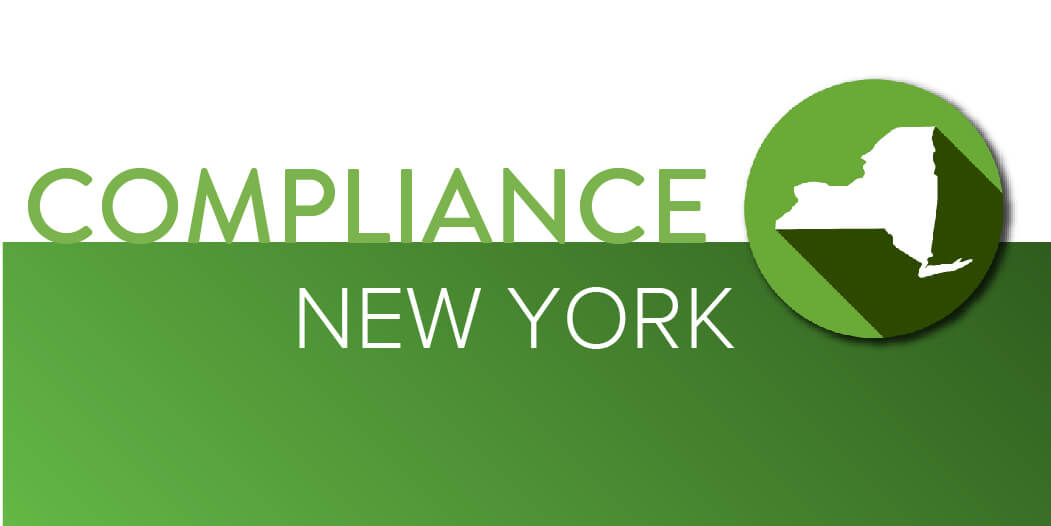New York Income Tax Withholding: The Rules of the Road

New York income tax withholding responsibilities are largely less ambiguous than those relating to many other state levies, but the real sting here can be failure to comply with what many consider to be straightforward reporting requirements. Below are a few rules to help you navigate New York state income tax withholding filing requirements for employees.
For starters, you must withhold and remit New York income tax on salaries for employees working in the state. If you withhold $700 or more during a calendar quarter, you must file Form NYS-1, Return of Tax Withheld, and remit the tax due within 3 or 5 business days after the payroll that caused the accumulated tax withheld to equal or exceed $700. You must withhold taxes for New York state nonresidents being paid wages for services performed within the state.
Make sure new employees submit New York Form IT-2104, Employee's Withholding Allowance Certificate. If employees don't fill this out, employers can use the federal Form W-4, but this does not guarantee that the correct amount of state tax will be withheld. Also note that New York City and Yonkers each have taxes subject to withholding. Further, make sure you have drawn a bright line between employees and freelancers (independent contractors) because the rules governing the latter are different.
- Caveat 1: If you have more than one payroll within a week (Sunday through Saturday), you are not required to file Form NYS-1 until after the last payroll in the week.
- Caveat 2: When a calendar quarter ends between payrolls paid within a week, any accumulated tax required to be withheld of at least $700 must be remitted with Form NYS-1 after the last payroll in the quarter.
Additional filing information can be found in Instructions for Form NYS-1. At the end of each calendar quarter, companies must report federal gross wages subject to withholding and the total amount of withholding for every employee paid during the calendar quarter for which you are reporting as follows: Q1: April 30; Q2: July 31; Q3: Oct. 31; Q4: Jan. 31. (Some employees, based on age or other circumstances, may be exempt, but they have to certify this on the appropriate form.)
When it comes to tax filing, make sure you have all your ducks in a row, because the state has a long list of errors that can lead to penalties and interests. Be sure to do all of the following:
- File returns using an electronic method.
- File returns and make payments on time.
- Withhold and remit proper amount due.
- Report newly hired and rehired employees.
- Keep adequate records.
- Use the correct filing format.
- File accurate wage reports.
- Report accurate and complete withholding reconciliation information.
Employers do catch a break though: The state doesn't require the filing of an annual reconciliation — an equivalent of the federal Form W-3. Employers have to fill out only Form NYS-45, Quarterly Combined Withholding, Wage Reporting, and Unemployment Insurance Return.
The bottom line is that even though New York withholding rules may not be as complex as federal rules are, you should still work with a professional to make sure you get it right.
Copyright 2021






